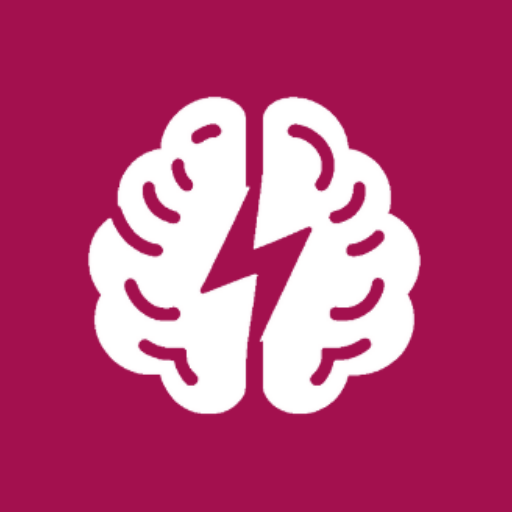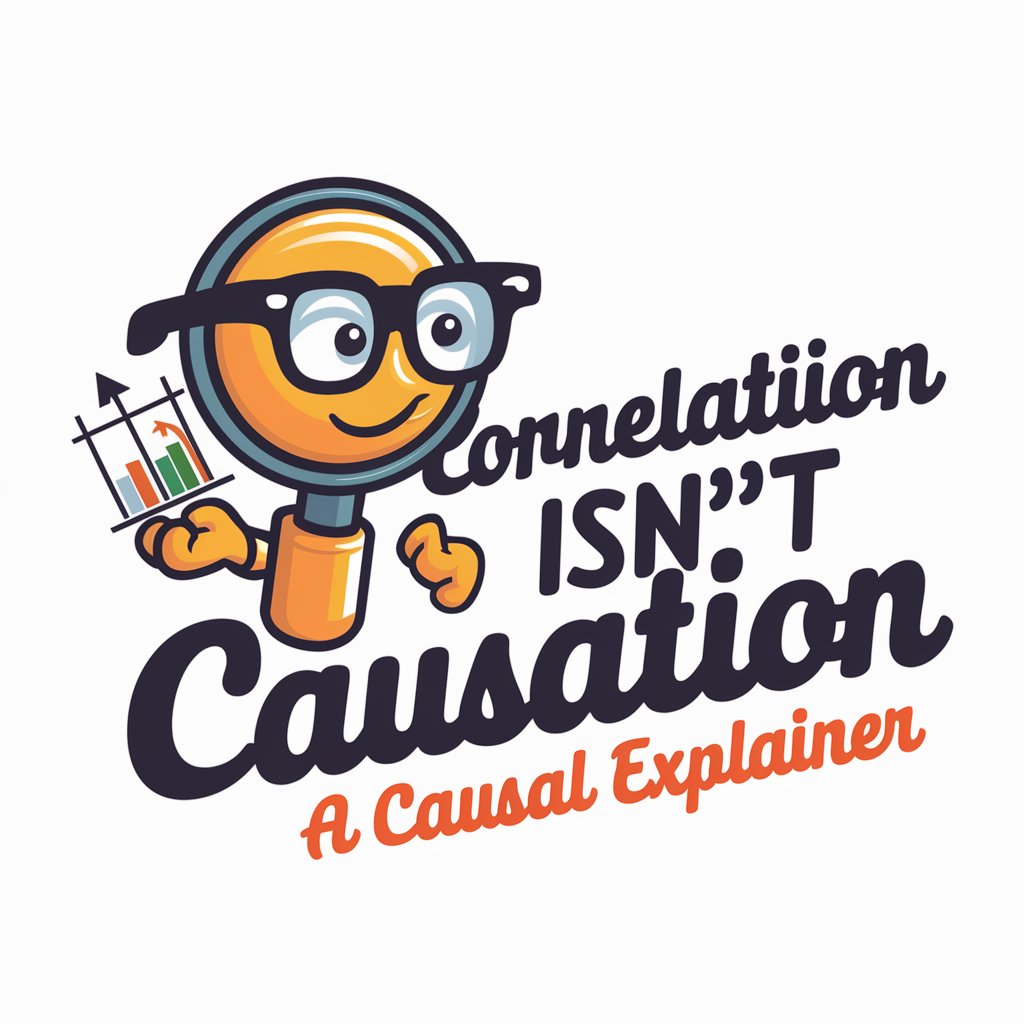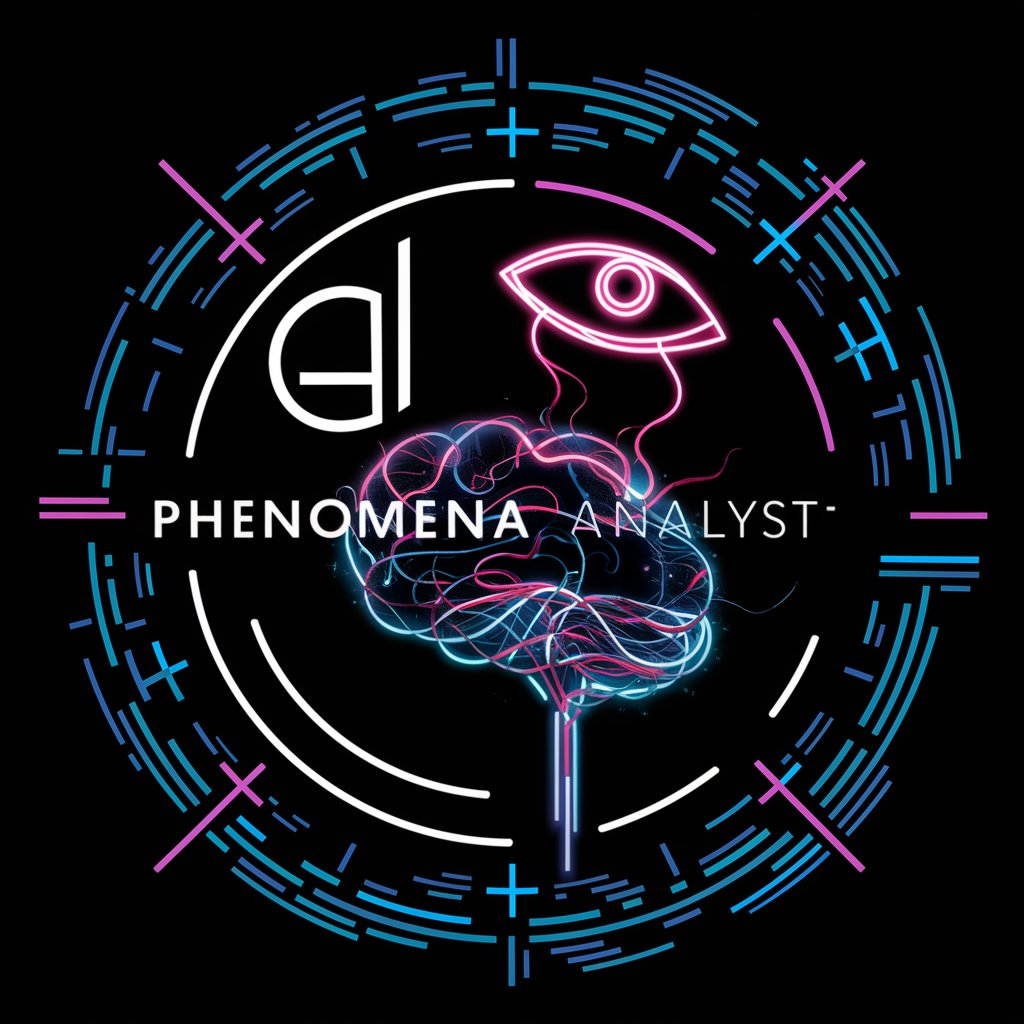
Causal Set Theory - Exploration of Quantum Spacetime
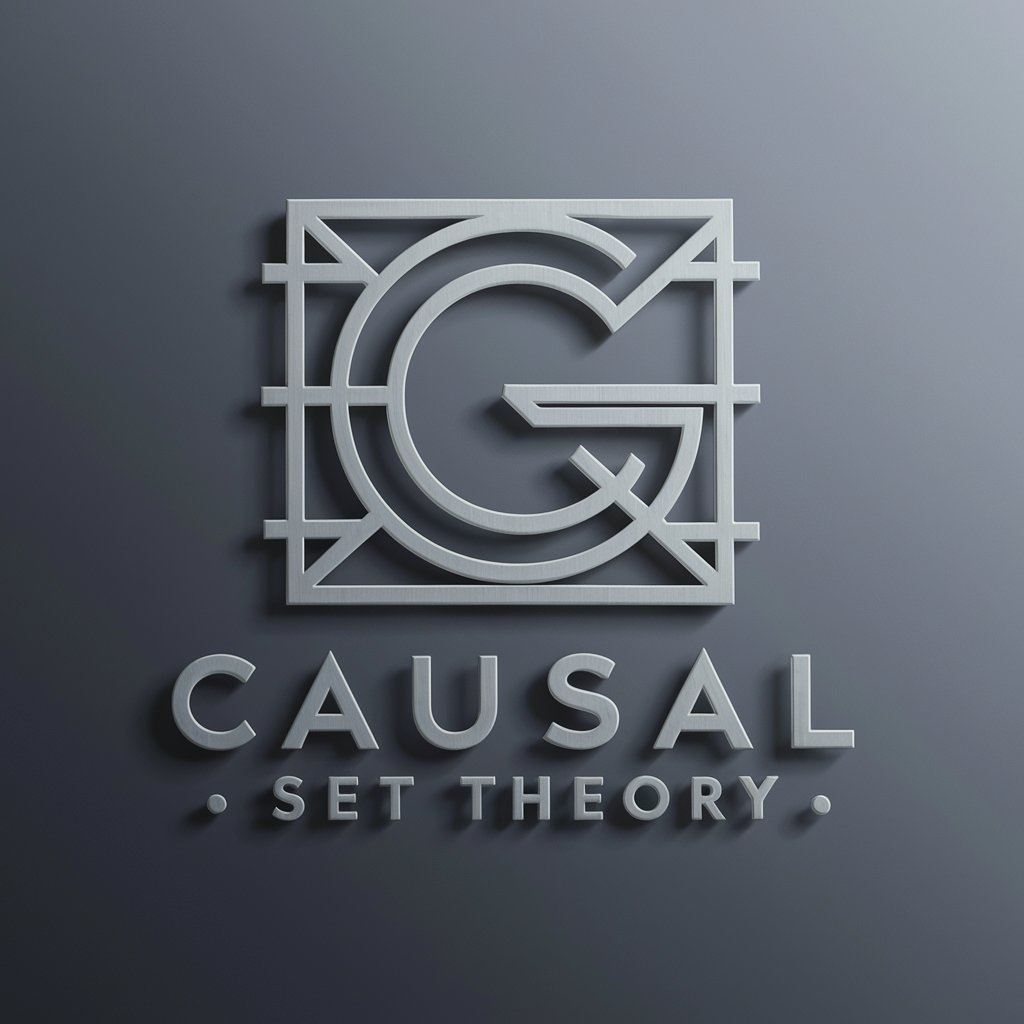
Welcome to the exploration of space-time's discrete nature through Causal Set Theory.
Deciphering spacetime with AI-driven insights
Explain the foundational concepts of Causal Set Theory and its significance in quantum gravity.
Compare and contrast Causal Set Theory with Loop Quantum Gravity.
Discuss the philosophical implications of a discrete space-time as proposed by Causal Set Theory.
Explore how Causal Set Theory addresses the problem of space-time singularities.
Get Embed Code
Overview of Causal Set Theory
Causal Set Theory (CST) is a framework for understanding the discrete structure of spacetime, proposing that spacetime is composed of a set of discrete events ordered by causality. This theory integrates the principles of quantum mechanics with general relativity, aiming to provide a quantum theory of gravity. A fundamental aspect of CST is the concept of 'causality,' which determines the structure of the set, reflecting the idea that spacetime events are fundamentally connected in a causal way, not merely by their spacetime coordinates. An illustrative example of CST is the modeling of spacetime as a network of causally related events, akin to a graph where nodes represent events and edges denote causal relations. This model allows for the exploration of spacetime's geometry at the most fundamental level, offering insights into the quantum nature of gravity and the structure of the universe at the Planck scale. Powered by ChatGPT-4o。

Key Functions of Causal Set Theory
Quantum Gravity Framework
Example
CST provides a discretized model of spacetime that helps in formulating a quantum theory of gravity. It serves as a foundational framework where spacetime is not continuous but made of discrete spacetime 'atoms,' facilitating the integration of quantum mechanics and general relativity.
Scenario
In theoretical physics, researchers use CST to explore and predict phenomena where classical theories of gravity break down, such as near singularities and the Planck scale.
Causal Structure Analysis
Example
The theory enables the analysis of the causal structure of spacetime, helping in understanding how the causal ordering of events influences the spacetime geometry and dynamics.
Scenario
Cosmologists might apply CST to analyze the causal structure of the early universe, investigating how initial conditions or quantum fluctuations evolve and influence the large-scale structure of the cosmos.
Spacetime Discretization
Example
CST offers a methodology for discretizing spacetime, which is crucial for computational models in quantum gravity, facilitating numerical simulations and analyses.
Scenario
In computational physics, CST can be employed to create discrete spacetime models for simulations that investigate gravitational dynamics, cosmic evolution, or the behavior of spacetime under extreme conditions.
Primary Users of Causal Set Theory
Theoretical Physicists
Researchers in theoretical physics benefit from CST as it provides a consistent framework to study quantum gravity and spacetime's discrete structure, aiding in the development of unified theories.
Cosmologists
Cosmologists utilize CST to explore the universe's origin, structure, and dynamics, especially during its earliest moments, leveraging CST's insights into the quantum aspects of spacetime.
Computational Physicists
Experts in computational physics apply CST for numerical simulations that require a discrete spacetime framework, aiding in the investigation of complex gravitational systems or quantum gravity scenarios.

How to Utilize Causal Set Theory
Start your journey
Initiate your exploration of Causal Set Theory by visiting a platform offering comprehensive insights without the necessity for registration or subscription, such as yeschat.ai for a no-cost trial.
Understand the basics
Acquaint yourself with the foundational principles of Causal Set Theory, including its motivation, key concepts, and the mathematical framework it employs to model spacetime discretely.
Identify your application
Determine the specific area or problem within theoretical physics or quantum gravity you wish to explore using Causal Set Theory, such as spacetime discretization, quantum cosmology, or black hole thermodynamics.
Engage with simulations
Utilize computational tools and software designed for simulating causal sets to visualize and analyze their properties, growth models, and the emergence of spacetime geometry.
Contribute to research
Apply your findings and insights to academic research, participate in discussions with the scientific community, and contribute to the expanding knowledge base on quantum gravity and the nature of spacetime.
Try other advanced and practical GPTs
VCE Religion Unit 1 Quiz Bot
Explore religious concepts with AI-powered quizzes

Voice Finder
Crafting Distinctive Voices with AI Precision

AI留学助理
Navigate global education with AI precision.
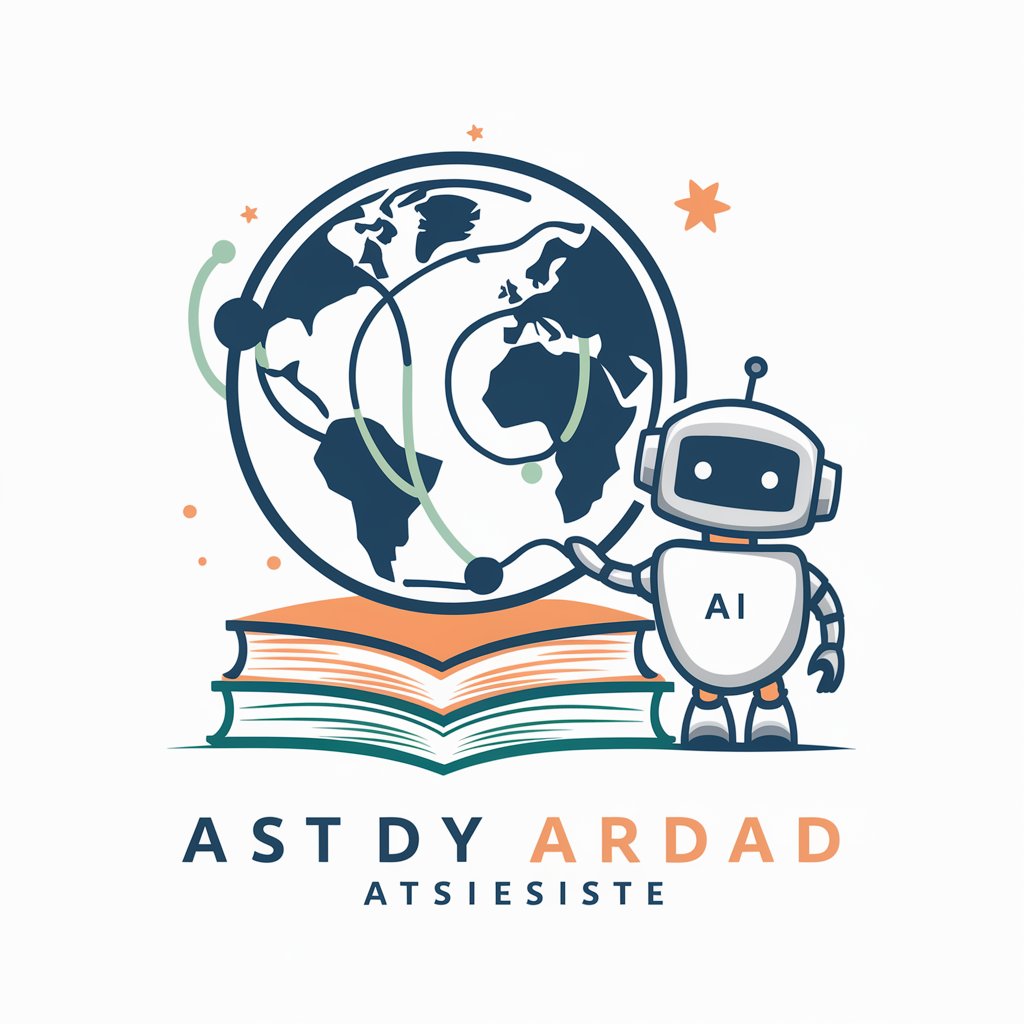
Stock Analysis
Empowering Your Investment Decisions with AI

Stock Savant
Empowering Your Investment Decisions with AI

Stock GPT
Empowering Your Investment Decisions with AI

컬러셋 [Color-Set] 전문가용
Discover Yourself Through Colors
![컬러셋 [Color-Set] 전문가용](https://r2.erweima.ai/i/01AIntKRRTGnz4UiVIr0eg.png)
Corrector de emails de trabajo
AI-powered email perfection at your fingertips.

Call Analyzer
Enhance customer interactions with AI insights

English Writing
Polishing Texts with AI Precision

Writingモンスター
Empowering your words with AI

Slide Wizard
Transforming slides into structured insights with AI.

Detailed Q&A on Causal Set Theory
What is Causal Set Theory?
Causal Set Theory proposes that spacetime is fundamentally discrete, composed of elementary events ordered by causality. This theory aims to reconcile the continuous nature of general relativity with the discrete quantum mechanical framework by modeling spacetime as a causal set, a collection of points with a partial order representing the causal relationships between events.
How does Causal Set Theory differ from other quantum gravity approaches?
Unlike string theory or loop quantum gravity, Causal Set Theory does not start from a predefined spacetime background. Instead, it posits a discrete structure of spacetime at its most fundamental level, with the geometry and topology of spacetime emerging from the causal relationships between events. This approach offers a unique perspective on the unification of quantum mechanics and general relativity by emphasizing the causal structure as the backbone of spacetime.
What are the implications of Causal Set Theory for understanding the universe?
Causal Set Theory provides insights into the nature of spacetime, suggesting that spacetime is grainy at the smallest scales. This has profound implications for understanding the fabric of the universe, including the potential to explain quantum phenomena, the origins of the cosmos, and the nature of black holes and singularities within a unified framework.
Can Causal Set Theory predict new physical phenomena?
While primarily a theoretical framework, Causal Set Theory has the potential to predict new phenomena that could be observed at energy scales accessible to future experiments, such as deviations from classical general relativity predictions or novel quantum gravitational effects.
How is research in Causal Set Theory conducted?
Research in Causal Set Theory involves mathematical modeling, computational simulations, and theoretical analysis to explore the properties of causal sets and their implications for spacetime structure, dynamics, and quantum gravity. Researchers seek to develop a quantum theory of gravity based on the discrete causal set hypothesis, comparing its predictions with empirical data and other theoretical frameworks.
